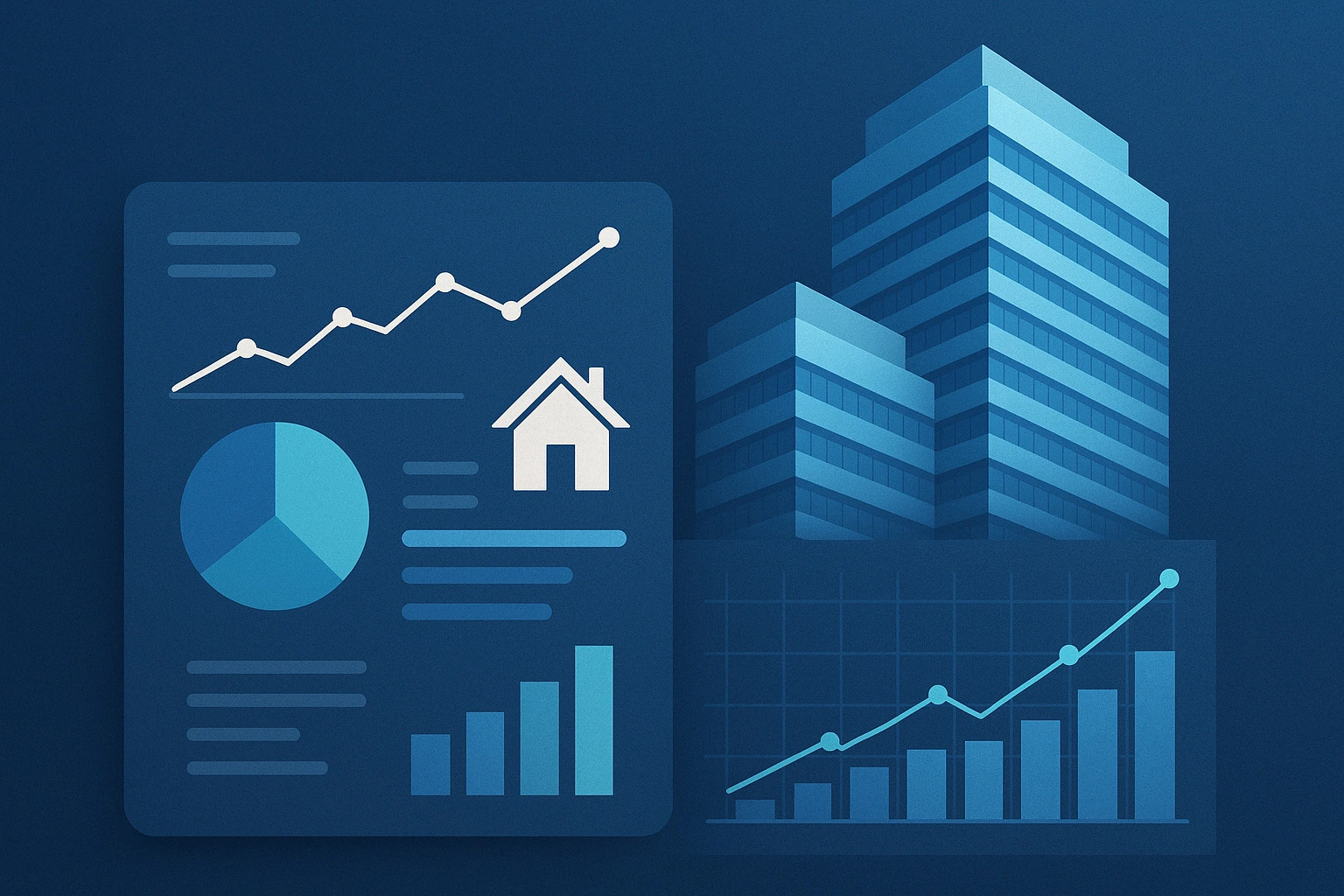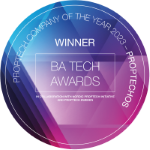Introduction
Proptech software is revolutionizing how organizations manage, maintain, and monetize their real estate portfolios. For senior leadership teams, it provides unparalleled insights into asset performance, operational costs, and strategic planning. For maintenance & repair (M&R) vendors, it delivers streamlined workflows, transparent KPIs, and effective resource allocation. In this guide, we’ll explore what proptech software is, its core features, the unique benefits for executives and vendors, how to select and implement the right platform, real-world case studies, and emerging trends shaping the future. Whether you’re evaluating IoT integration or AI-driven predictive maintenance, this article equips you with the knowledge to drive efficiency, reduce costs, and elevate stakeholder satisfaction—all through the power of proptech.
What Is Proptech Software?
Proptech software encompasses digital platforms and applications designed to optimize all aspects of real estate operations—from facility maintenance to portfolio analytics. Unlike traditional property management systems, modern proptech unifies IoT connectivity, advanced data analytics, and mobile field services in one seamless ecosystem.
Evolution from Traditional Property Management
Where legacy CMMS (Computerized Maintenance Management Systems) focused solely on work-order tracking, today’s proptech platforms integrate real-time sensor data (e.g., HVAC performance, energy usage), automating responses to anomalies and scheduling preventive maintenance before failures occur.
Market Size & Growth Projections
The global proptech market exceeded USD 18 billion in 2024 and is projected to grow at a CAGR of 16% through 2030, driven by demand for sustainable building management and smart city initiatives. Senior teams are investing heavily to meet ESG goals and deliver superior tenant experiences.
Core Features of Leading Proptech Software
High-performing proptech platforms offer a modular suite of tools:
-
IoT Device & Sensor Integration
-
Seamless connectivity with BACnet, Modbus, and MQTT devices for real-time monitoring of temperature, occupancy, and equipment health.
-
-
Real-Time Data Analytics & Dashboards
-
Customized dashboards deliver KPIs—like energy intensity (EUI) and mean time between failures (MTBF)—enabling data-driven strategic planning.
-
-
Automated Maintenance Scheduling
-
Predictive algorithms analyze historical failure data to trigger work orders before disruptions, reducing downtime by up to 30% in pilot deployments.
-
-
Mobile Field Service Apps
-
Technicians access digital blueprints, inventory lists, and service histories on smartphones or tablets—eliminating paperwork and accelerating job completion rates.
-
Business Benefits for Senior Leadership
Senior executives leverage proptech to:
-
Enhance Portfolio Visibility
Consolidated dashboards reveal performance metrics across all properties—highlighting underperforming assets and investment opportunities. -
Enable Data-Driven Decisions
Turn raw IoT and financial data into actionable insights: Should you retrofit HVAC systems or invest in solar? Proptech analytics guide capital allocation. -
Optimize CapEx & OpEx
Predictive maintenance reduces emergency repairs and extends equipment life by 25%, while energy-optimization modules cut utility bills by up to 15% annually.
Unique Insight: Integrating proptech data with your ERP or BIM systems creates a single source of truth, aligning operations, finance, and sustainability teams around common objectives.
Advantages for M&R Vendors
For maintenance & repair providers, proptech software means:
-
Streamlined Work Orders & Dispatch
Automated scheduling assigns jobs based on technician skillsets, location, and SLA priorities—improving first-time fix rates. -
Vendor Performance Analytics
Track KPIs like response time, resolution time, and customer satisfaction scores. Use these metrics to negotiate better contracts and showcase your service excellence. -
Inventory & Parts Management
Real-time stock monitoring prevents spare-parts shortages. Automated reordering rules ensure critical components are always on hand.
Unique Perspective: Vendors can leverage proptech portals to offer value-added services—such as predictive maintenance packages—shifting from reactive to proactive service models.
How to Choose the Right Proptech Platform
Selecting the best solution requires careful evaluation:
-
Assess Technical Requirements
Map existing building systems (BMS, access control, energy meters) and ensure the platform supports your device protocols and data formats. -
Integration & API Considerations
Verify robust RESTful APIs and webhook support for integration with ERP, CAFM, or tenant-engagement apps—ensuring future extensibility. -
Scalability & Total Cost of Ownership
Compare per-unit pricing models, implementation fees, and projected ROI over a 5-year horizon. Opt for flexible licensing to accommodate growth.
Unique Insight: Factor in change management costs—training, process redesign, and ongoing support—to get a holistic view of investment needs.
Case Studies & Success Stories
Commercial Real Estate Optimization
A global REIT implemented a proptech suite across 60 million ft², achieving a 12% reduction in energy use and saving $1 million in annual operating costs.
Campus & Facility Management
A university deployed predictive maintenance on HVAC and achieved a 40% drop in emergency repairs, reallocating maintenance staff to strategic facility upgrades.
Multi-Family Residential Efficiency
A residential operator leveraged tenant-engagement apps to track HVAC anomalies, reducing service calls by 22% and boosting satisfaction scores by 15%.
Future Trends in Proptech Software
-
AI & Predictive Maintenance: Deep-learning models will refine failure forecasts, enabling fully automated maintenance workflows.
-
Digital Twins & Virtual Commissioning: Real-time 3D models of buildings will allow remote troubleshooting and scenario simulations.
-
Sustainability & ESG Reporting: Integrated carbon-tracking modules will automate regulatory compliance and stakeholder reporting.
Quick Takeaways
-
Proptech software unifies IoT, analytics, and field services in one platform.
-
Senior leaders gain portfolio visibility, cost optimization, and data-driven decision support.
-
M&R vendors benefit from automated dispatch, performance KPIs, and inventory control.
-
Selection hinges on integration capabilities, scalability, and total cost of ownership.
-
Emerging trends include AI-driven maintenance, digital twins, and ESG automation.
Frequently Asked Questions (FAQs)
-
What are the top proptech software platforms?
Leading solutions include ProptechOS, Yardi Voyager, IBM TRIRIGA, and Oracle Aconex, each offering modules for IoT, analytics, and maintenance -
How much does proptech software cost?
Pricing varies by features and scale—expect $3–$10 per unit per month, plus implementation fees of $20,000–$100,000 for enterprise deployments. -
Can proptech integrate with existing BMS?
Yes—most platforms support open protocols (BACnet, Modbus) and provide RESTful APIs for seamless integration with building management systems. -
What ROI can I expect?
Organizations typically realize 15–20% reduction in maintenance costs and 10–15% savings in energy expenses within the first year. -
Is proptech suitable for small portfolios?
Many vendors offer tiered plans, making entry-level proptech accessible for portfolios as small as 50,000 ft² or 10–20 buildings.

